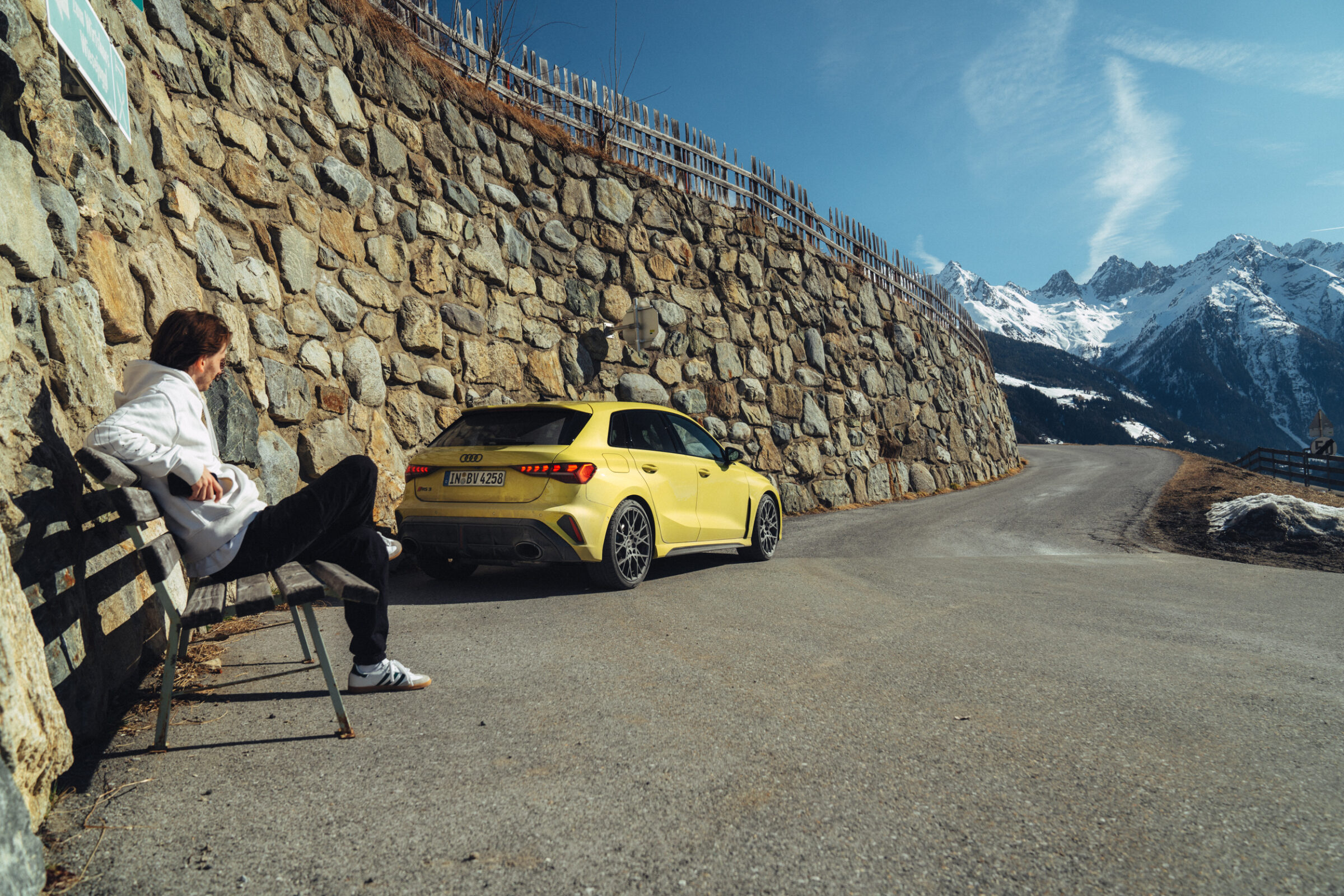30 Years of Volvo 850
30 years ago, the Volvo 850 made its debut as what was then the safest new vehicle in the world. Development began under the internal code “Project Galaxy” back in 1978, when Volvo decided to make one of the biggest investments in Scandinavian industrial history. The aim was to create a safe mid-range car that was as pleasing to the eye as possible. Initially, internal work was mainly on safety elements such as the SIPS side impact protection system. It wasnn’t until the end of the 1980s that work began on the design, which was created under the direction of Jan Wilsgaard. He had the thankless task of placing a vehicle in the typical Volvo design below the 740 and 760 series while at the same time ensuring good aerodynamics. He succeeded in creating a timelessly beautiful mid-size car that even today doesn’t look old. The station wagon version received the Japanese “Good Design Grand Prize” in 1994.
Only five-cylinder engines under the hood
Another new feature of the 850 was hidden under the body. For the first time in the brand’s history, Volvo used a front-wheel drive layout here. In addition, only gasoline engines with five cylinders in line were found under the hood. Even the turbodiesel engine purchased from Audi, which was offered from mid-1995 to the end of 1996, was an inline five-cylinder. Engine output ranged from 93 kW/126 hp in the 2.0 to 142 kW/193 hp in the 2.5 T, which was only available as a station wagon. The diesel had 103 kW/140 hp and 290 Nm of torque. Above the normal series, Volvo established sporty offshoots, starting in 1993 with the 166 kW/226 hp T-5 with a 2.3 liter turbo engine. This was followed in August 1994 by the T-5R with 177 kW/241 hp, which became particularly famous for its pastel yellow presentation paintjob. One year later the name part T-5 was dropped and the power in the 850 R increased to 184 kW/250 hp due to new turbochargers. With automatic transmission, the Swedes reduced this figure to that of the T-5R.
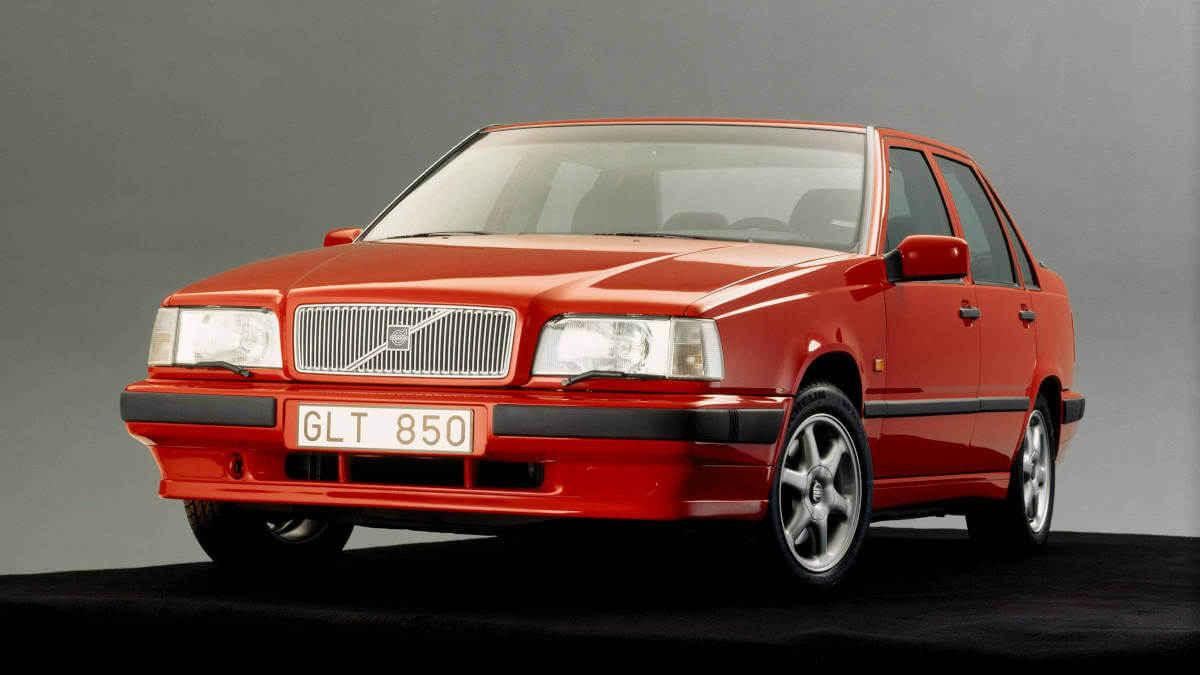







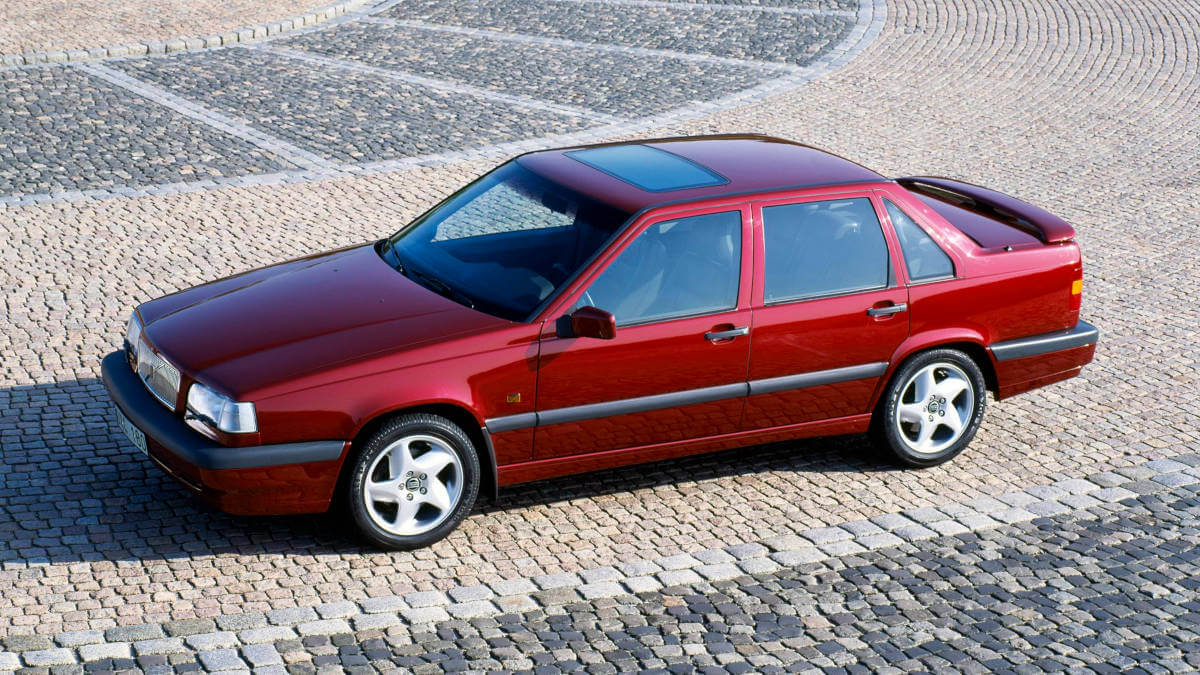



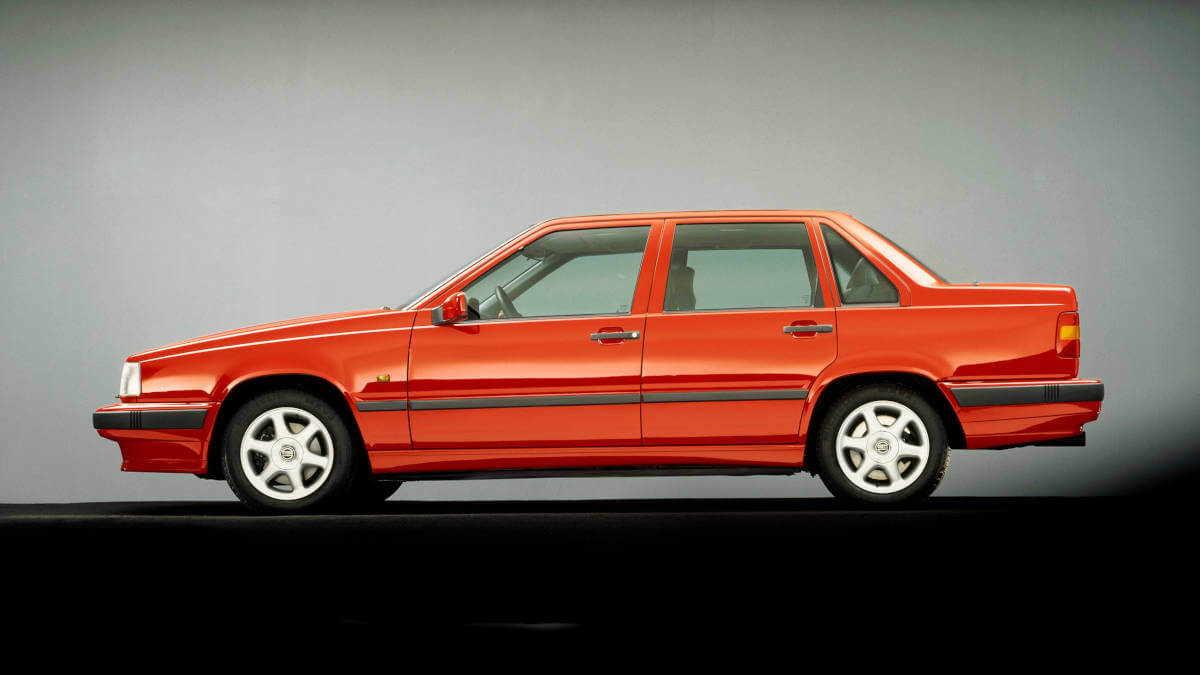



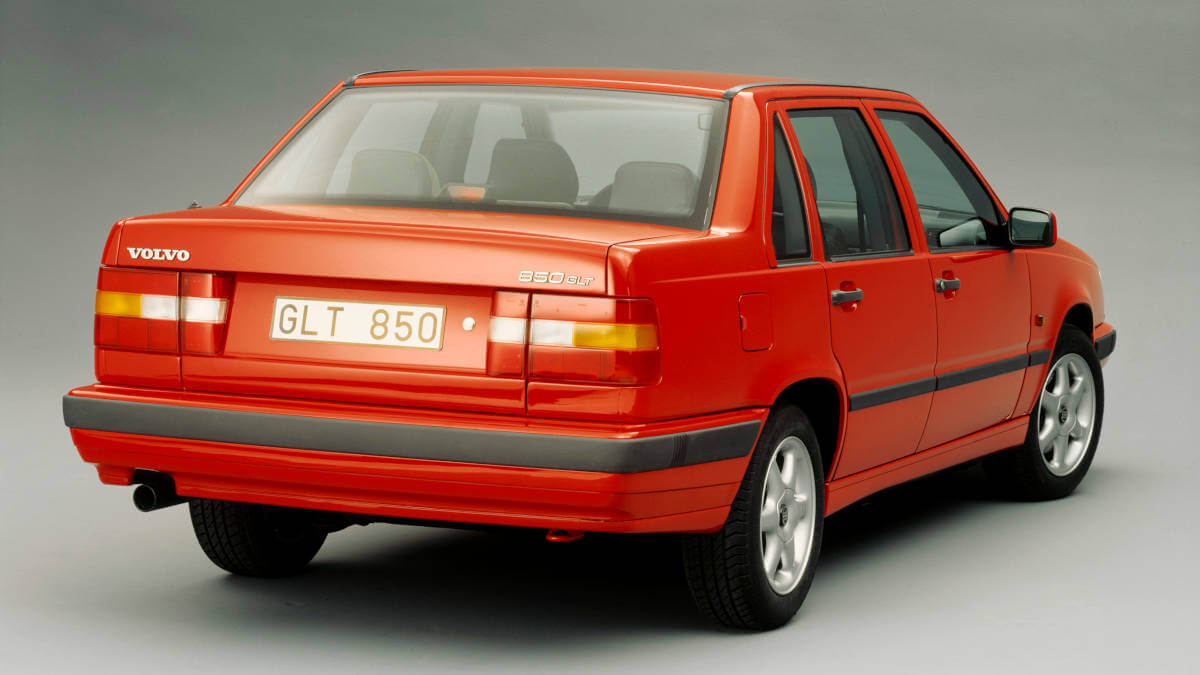





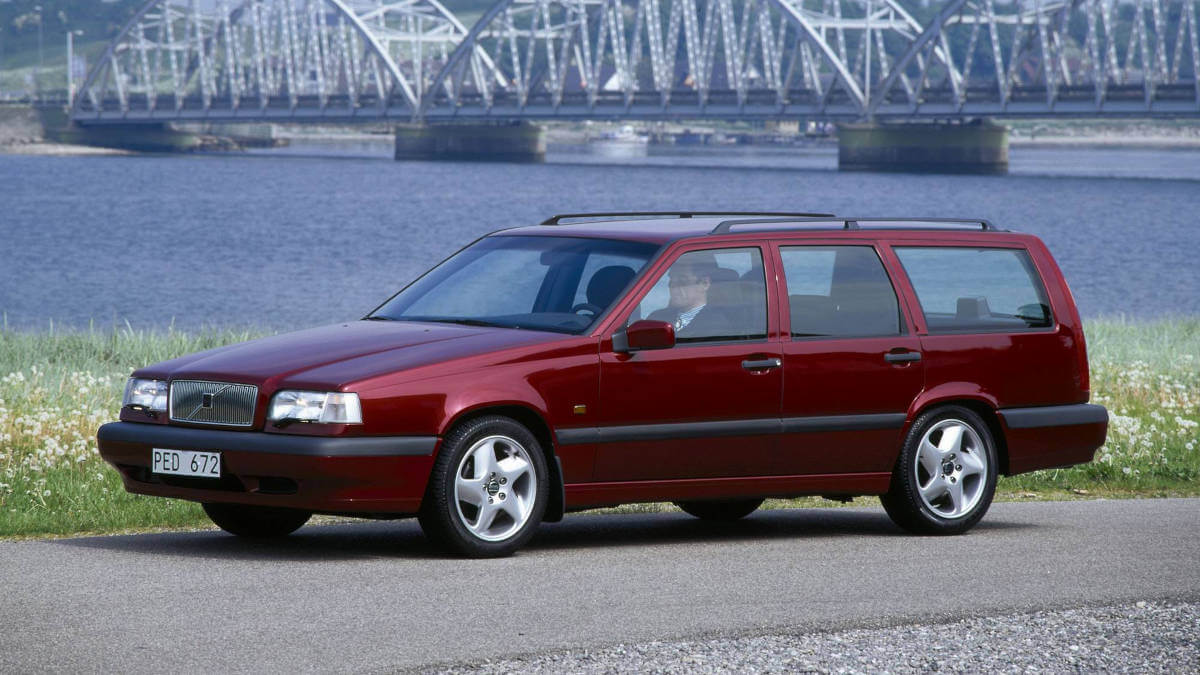

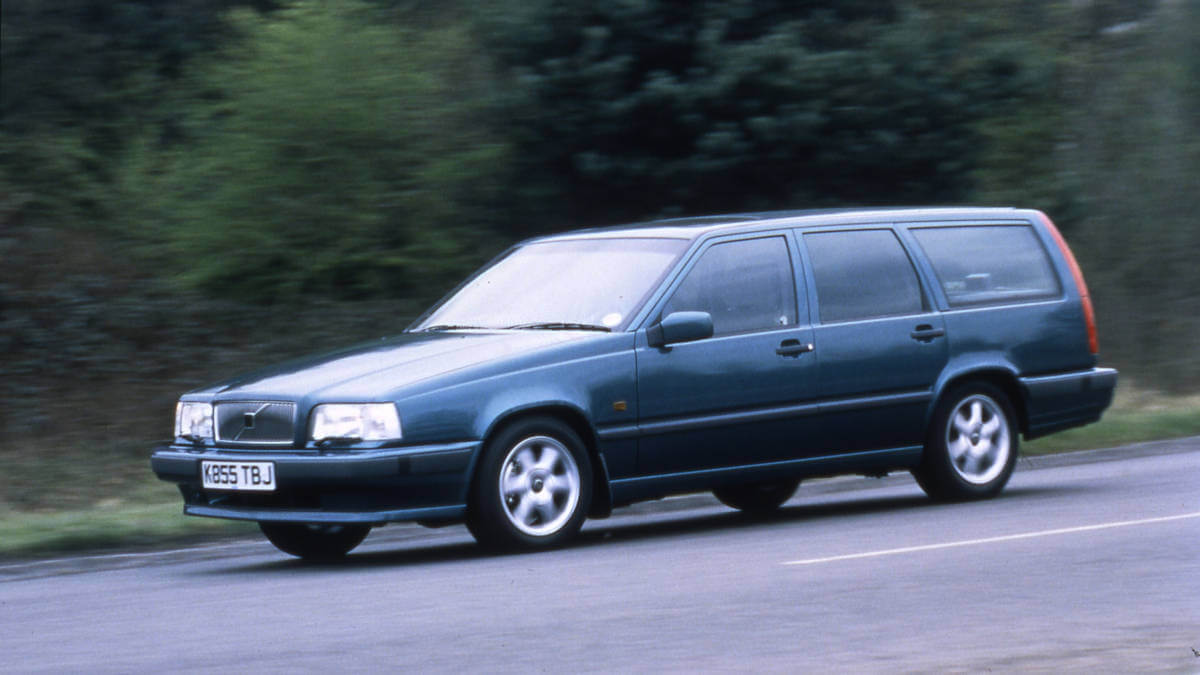

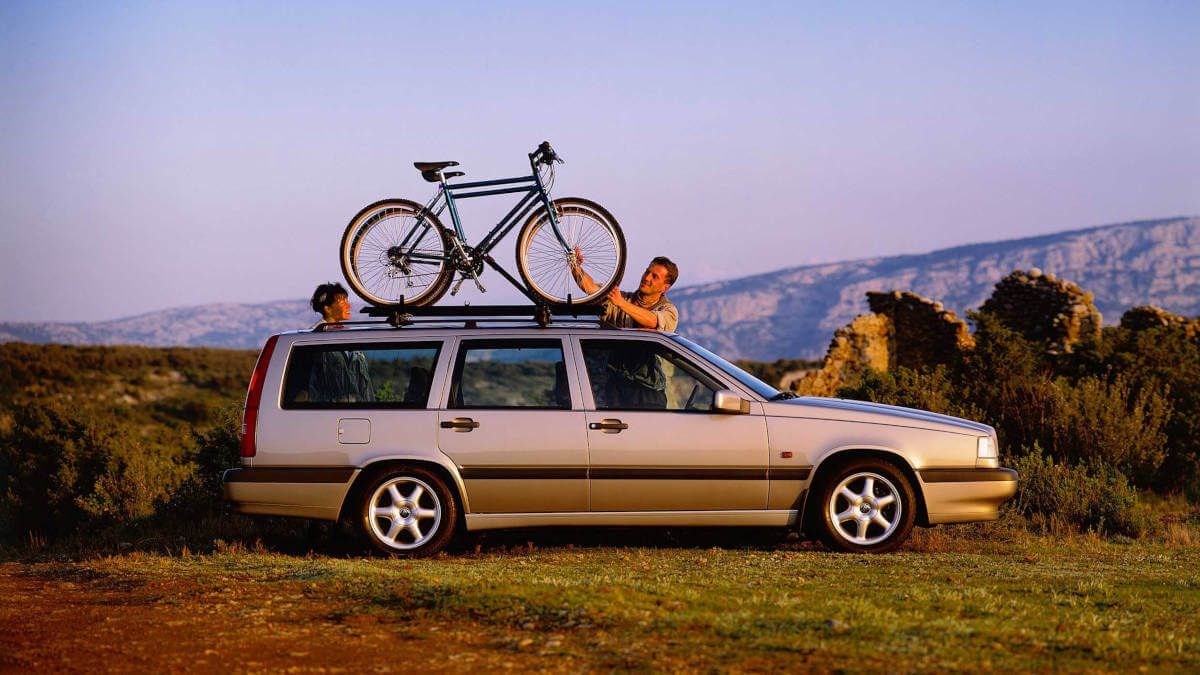









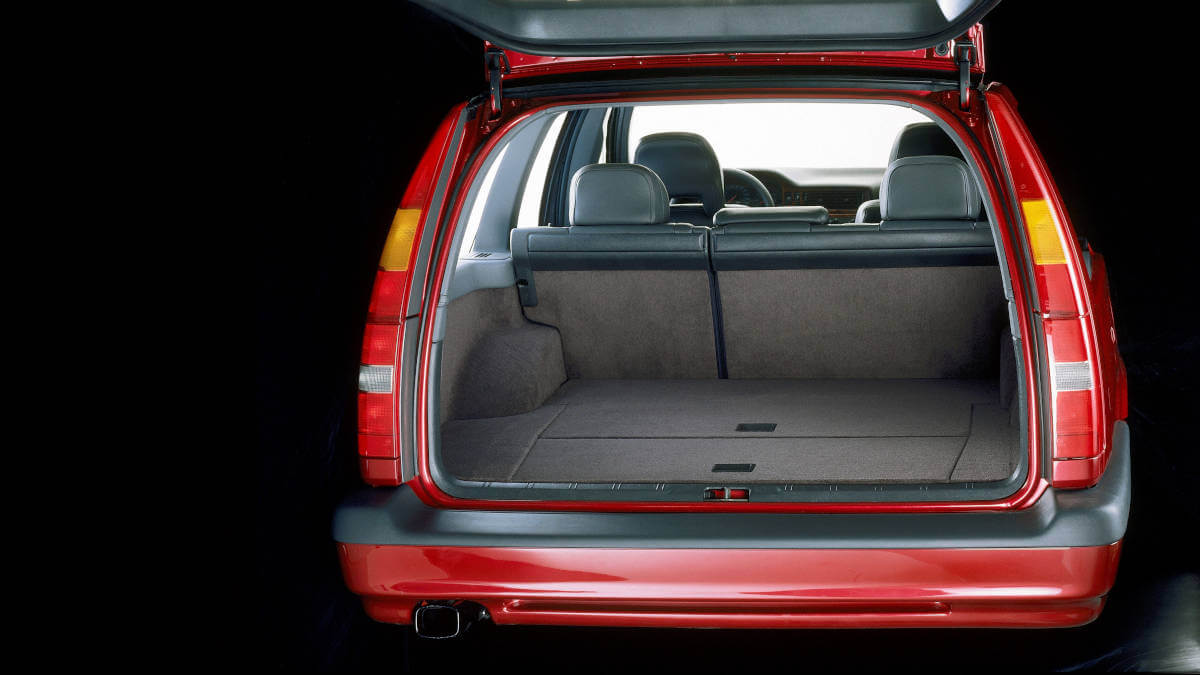

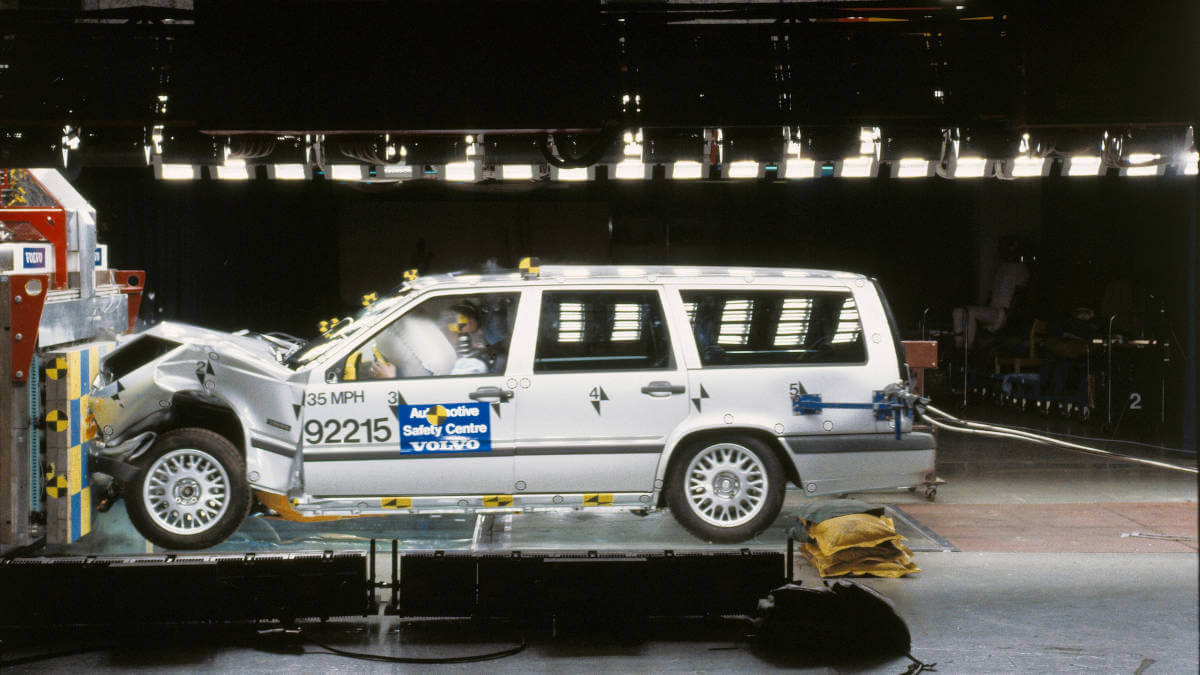

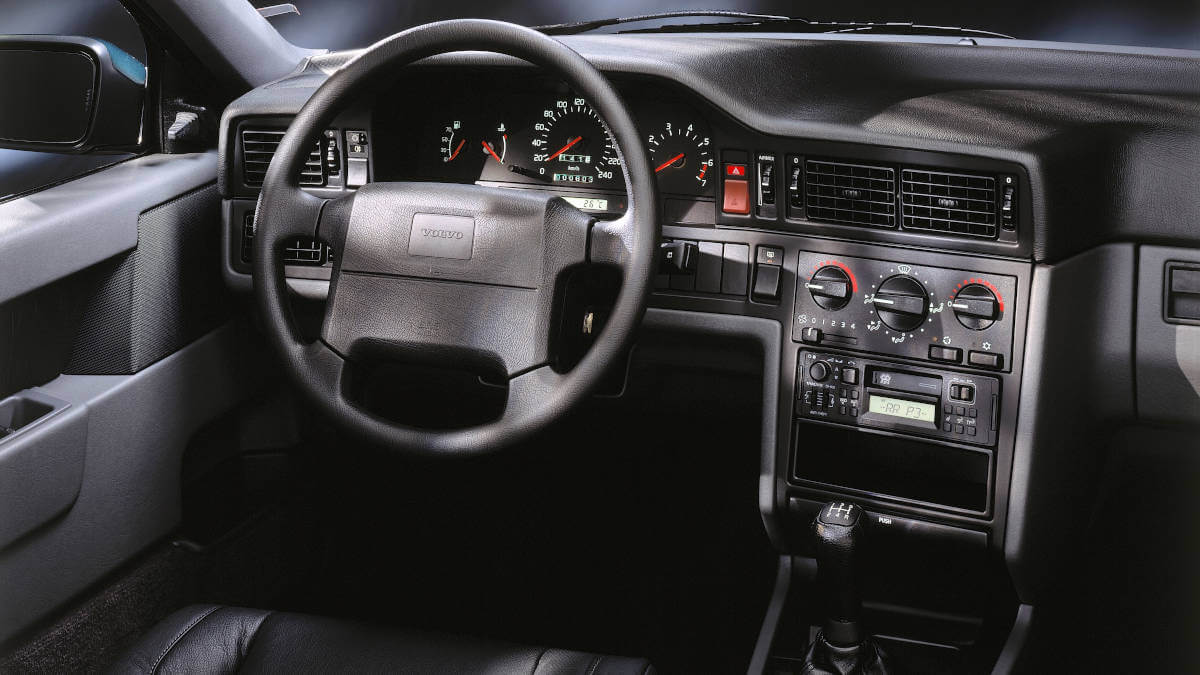

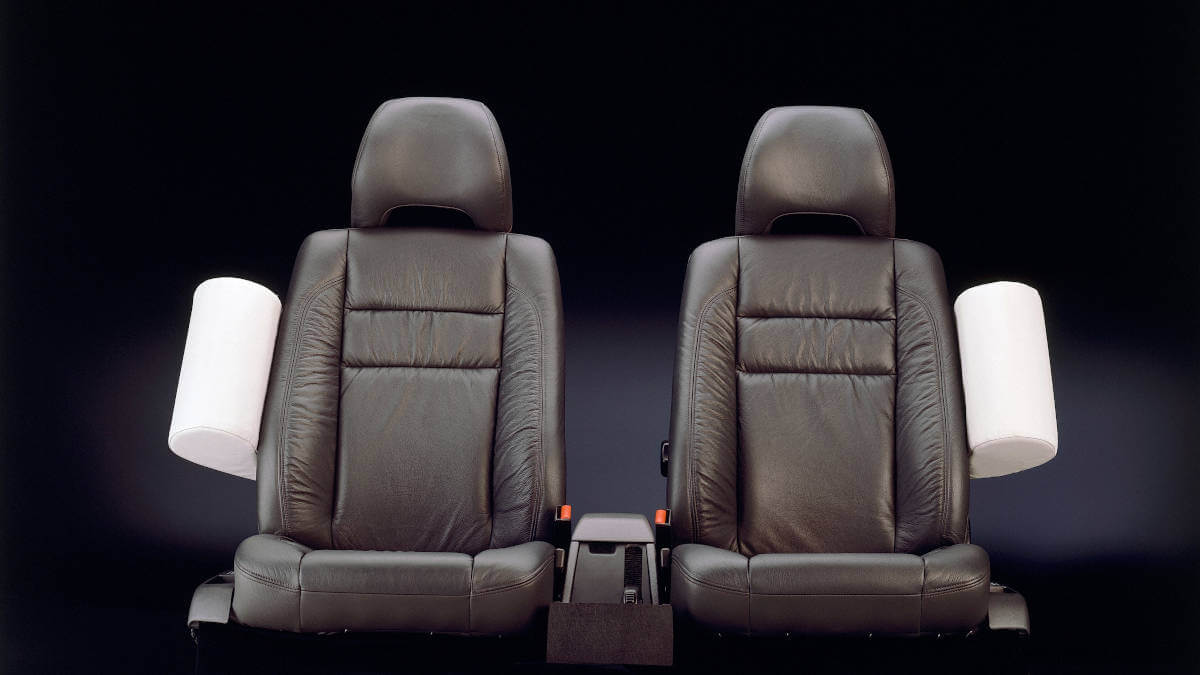



Almost 3/4 of a million units
In 1996, the Volvo 850 made history once again. As a station wagon with the 2.5-liter turbocharged engine, the vehicle could be ordered for the first time as an 850 AWD with variable all-wheel drive. A Visco clutch distributed the power between the front and rear axles. A limited-slip differential was fitted at the rear. Volvo also installed an electronic traction control system. In early 1997, the complete model series was updated and renamed to S70 (sedan) and V70 (station wagon). The 850 AWD laid the foundation for later crossover models such as the V70 XC and Cross Country. A total of 716,903 units of the 850 rolled off the production line. 6,964 of these were the T-5R, which was only available in the three exterior colors “Cream Yellow”, “Stone Black” or “Olive Green metallic”. For the 850 R, the yellow color was dropped in favor of “Bright Red”, “Dark Grey pearl”, “Turquoise pearl” and “Polar White”.


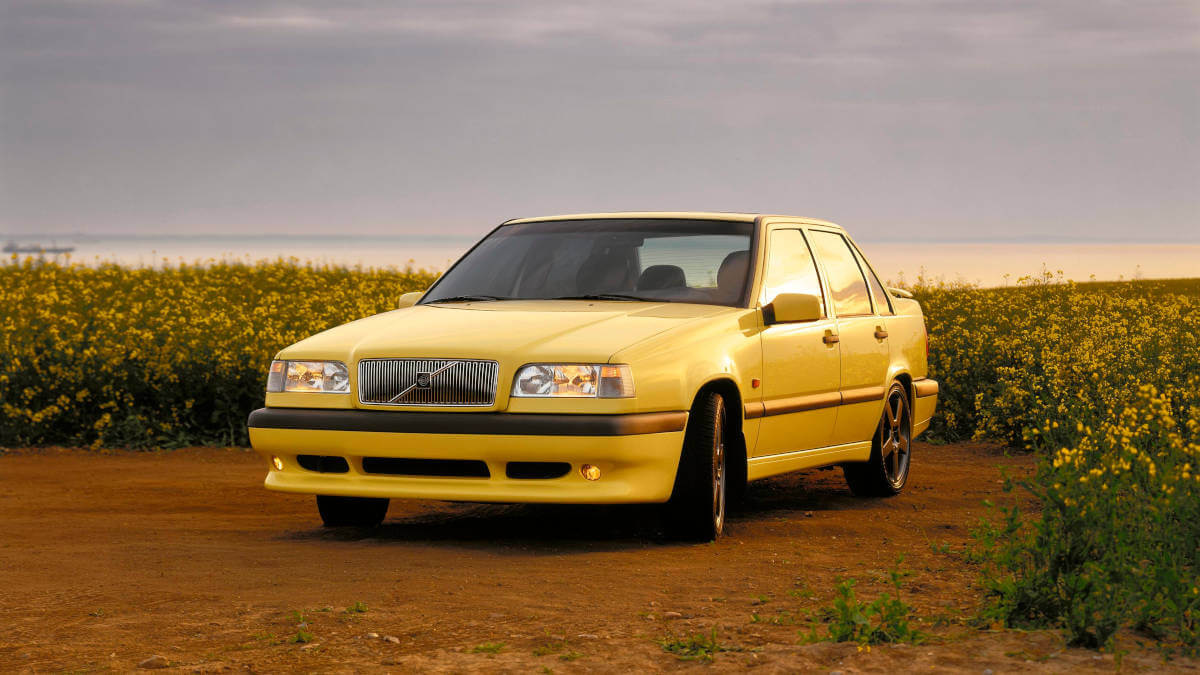









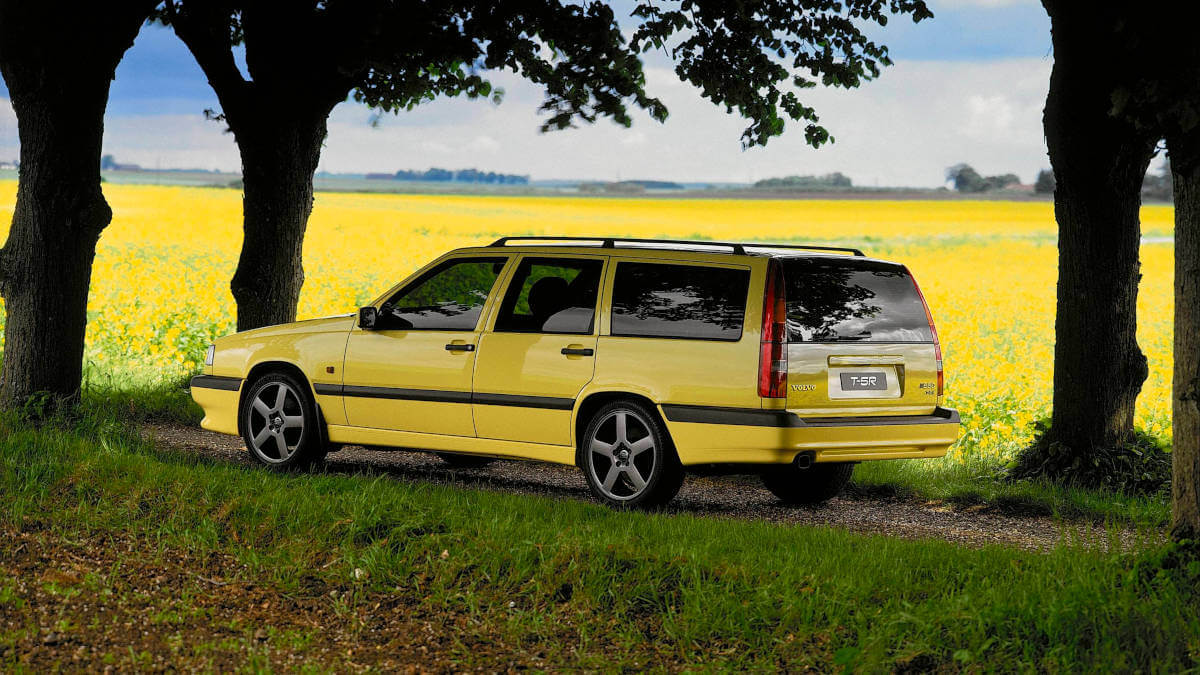



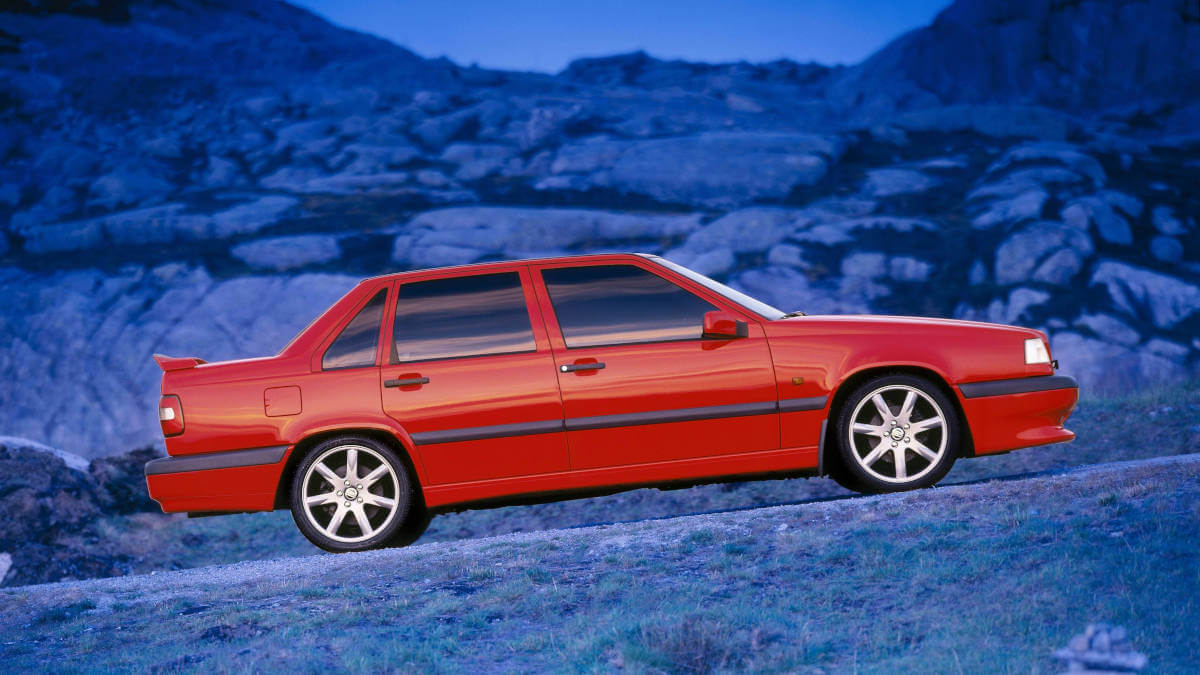





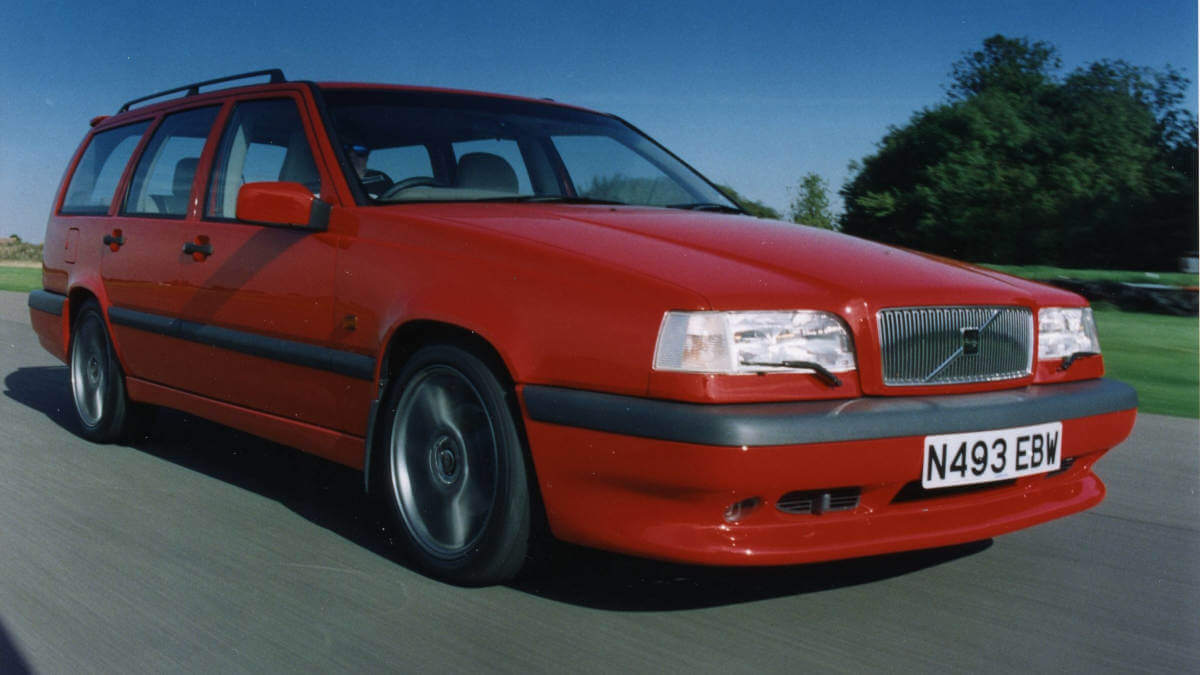



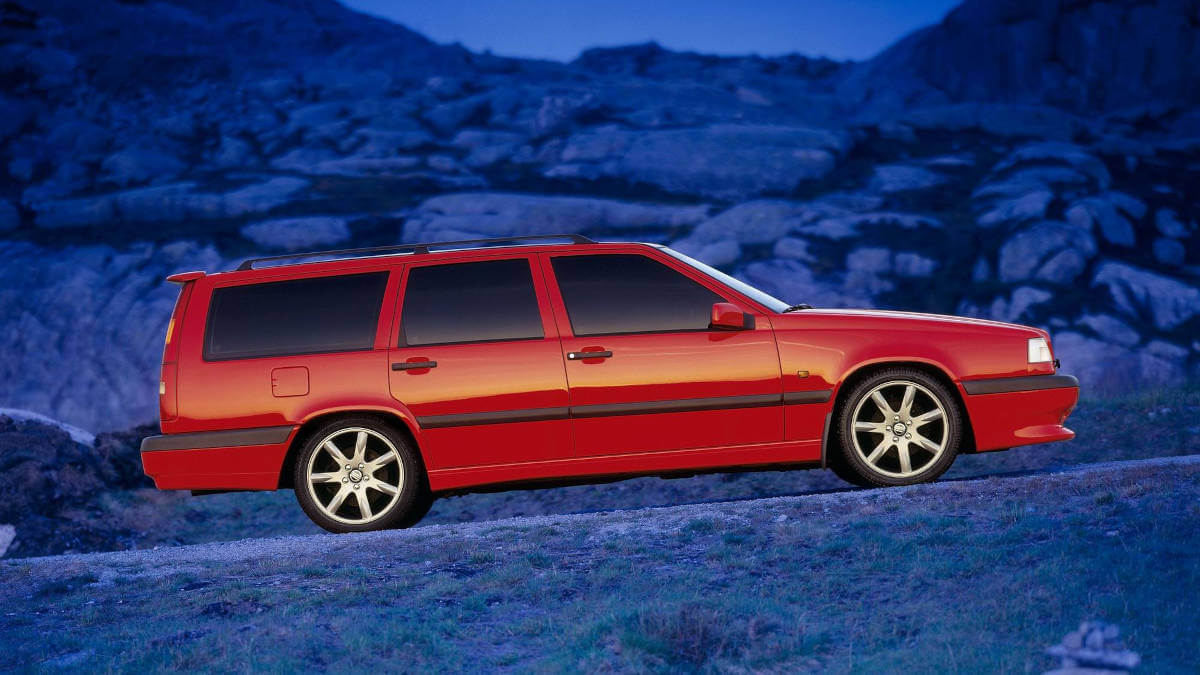





The Volvo 850 in motorsport
With the 850 as a sedan and station wagon, Volvo was able to inspire not only young families with children or people with outdoor hobbies. In the British Touring Car Championship (BTCC), racing variants of the 850 station wagon started in 1994 in the field of otherwise used sedan models of various competitors. Pictures of 850s jumping over chicanes on two wheels in white and blue racing livery are still being circulated around the world today. The idea of using a station wagon in a touring car championship had never occurred to any manufacturer before. However, the racing successes of the 850 probably also led to the regulations being formulated more clearly. After only one year, Volvo UK therefore switched to the 850 sedan and also achieved various successes with it. Furthermore, 850s took part in races according to super touring car regulations in Europe and Australia. In 1995, an 850 T-5 station wagon started at the Bathurst 1000. And in the following three years, 850 sedans were also entered there.
Images: Volvo, Volvo UK



